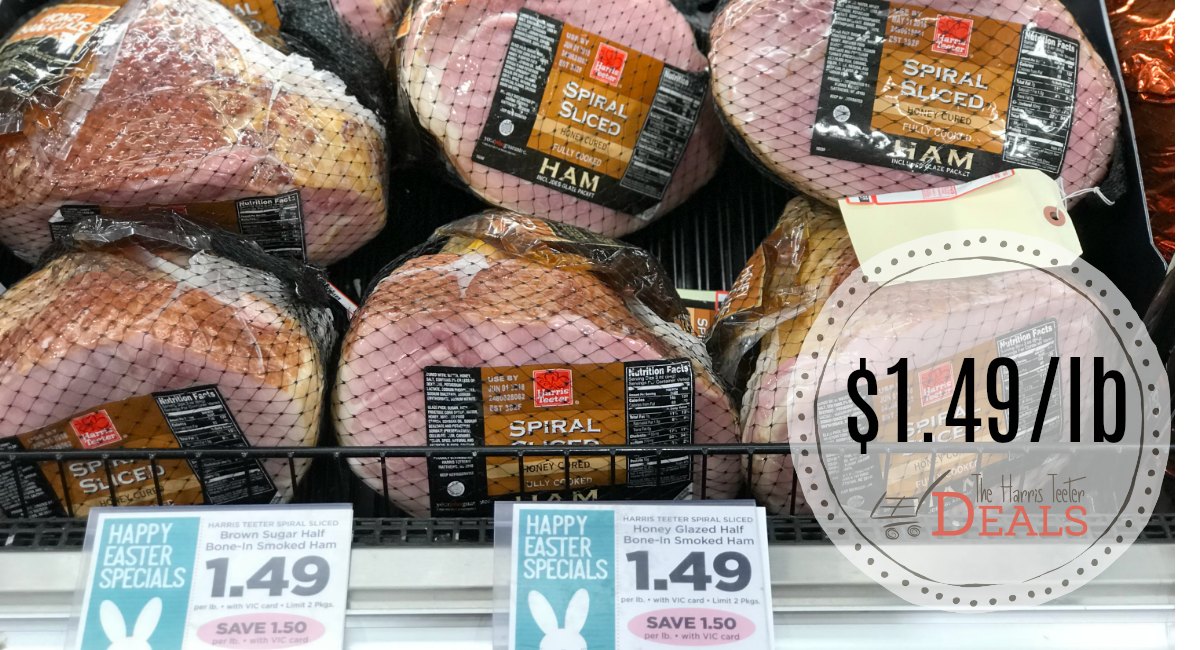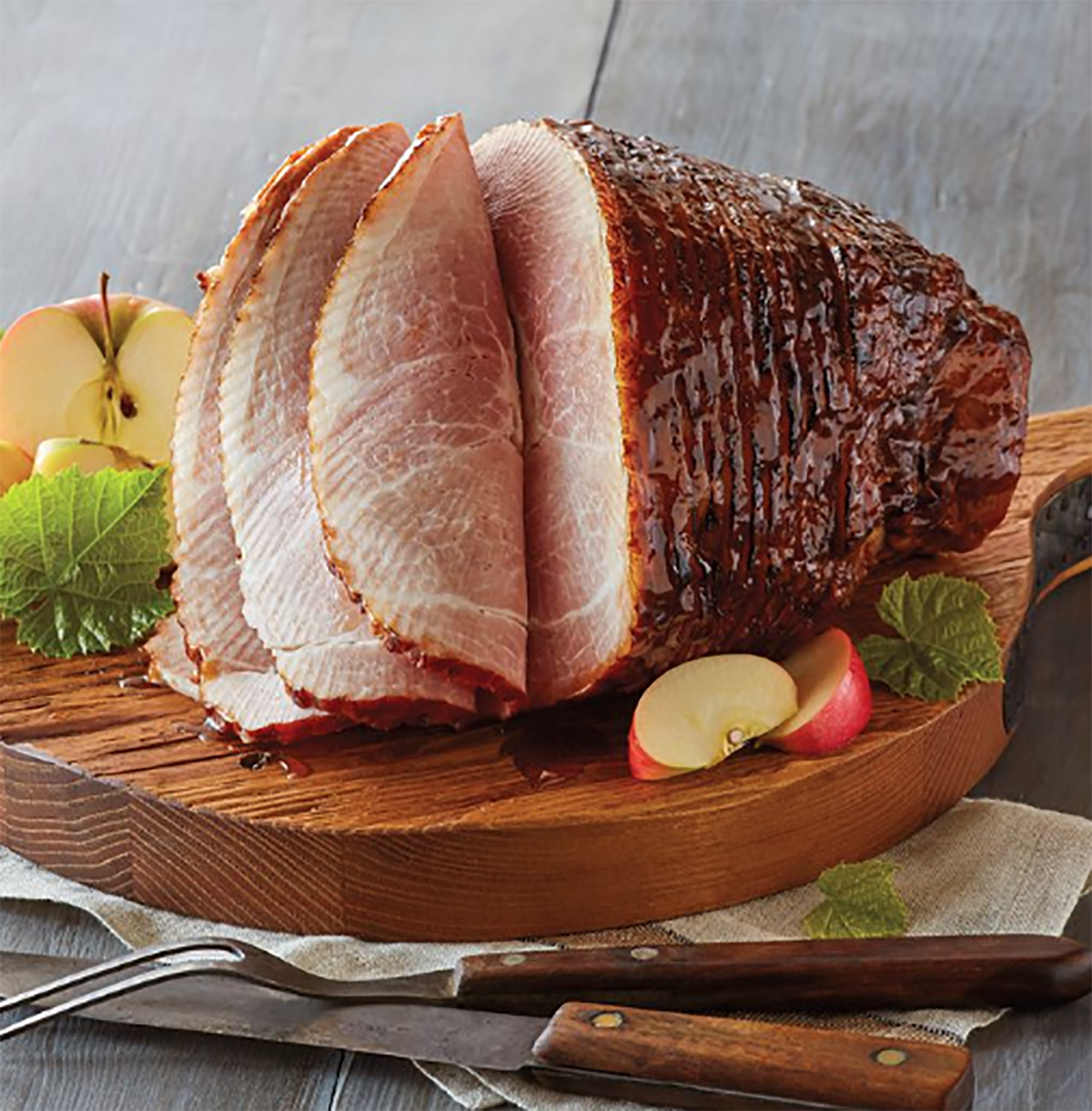
Kroger brown sugar spiral sliced ham registration#
Use of and/or registration on any portion of this site constitutes acceptance of our User Agreement (updated as of 1/1/21) and Privacy Policy and Cookie Statement (updated as of 1/1/21).
Kroger brown sugar spiral sliced ham pdf#
Lane Ave., Suite B120, Columbus, OH 43201, or This column was reviewed by Sanja Ilic, specialist in Food Safety for Ohio State University Extension.įor a PDF of this column, please click here.Legal Notice Do Not Sell My Personal Information. Send questions to Chow Line, c/o Martha Filipic, 364 W. It is made by chopping or sectioning the meat into smaller pieces, and, like other types of processed meat, it is tumbled and massaged to allow the pieces to stick together in a particular shape.Īny ham that’s not ready-to-eat needs to be cooked to reach at least 145 degrees F internal temperature, and allowed to rest at least three minutes before cutting and serving.įor more details, go to and search for “Ham and Food Safety.”Ĭhow Line is a service of the College of Food, Agricultural, and Environmental Sciences and its outreach and research arms, Ohio State University Extension and the Ohio Agricultural Research and Development Center. Leftovers, or spiral ham that has been repackaged outside of the original facility, should be heated to 165 degrees F.Ī boneless ham is a product that undergoes more processing than other types of ham. Cover it with heavy foil and heat it at 325 degrees for about 10 minutes a pound, until it reaches 140 F. If you do want to serve it warm, be careful not to dry it out. Country ham is much saltier than city ham and requires soaking in water for hours to let some of the salt leach out before cooking.Ī spiral-sliced ham is safe to eat without reheating. Country ham, on the other hand, is dry-cured with salt, then is hung to dry for several months and often smoked as well. Cooking may occur during this process, but, again, it’s important to check the label. is “city ham,” which is wet-cured with brine and often smoked or injected with smoke flavoring. And, of course, you might also see turkey ham at the store, which is a bird of another feather altogether. If you ever buy a whole hog for the freezer, you’ll get two whole fresh hams, which is ham meat that hasn’t been cured and is more like pork than traditional ham. If you find yourself with a “picnic ham,” you’re really eating pork shoulder that’s been cured so it tastes much like regular ham. The upper part, the butt end (which is exactly what you think it is), has more fat and so it’s often thought of as more flavorful.

Most products labeled as “ham” come from the hind leg of a hog, anywhere from the middle of the shank bone (that’s the round leg bone you might see - and have to cut around - in some hams) up to the hip bone, which is called the “aitch” on hogs and cattle. In that case, the label will prominently say “Cook thoroughly” or something similar and will have cooking instructions.

Some types of ham might have all the looks and appearances of being ready-to-eat, but aren’t. Your best bet is to always follow the preparation guidelines on the label. That’s the temperature recommended for reheating most precooked ham sold in the U.S.īut be forewarned: There are many different types of ham. At 325 degrees F, a 6-pound bone-in cooked smoked ham would take nearly 2.5 hours to heat to an internal temperature of 140 degrees.

is cured and fully cooked, but even in that case, it can still take several hours to warm in the oven. Do I have to do that, or can I just warm it up before serving? I believe ham is already cooked, but when I was growing up, I remember my mother always put a glaze on it and baked it in the oven for several hours. We’re having ham for Christmas dinner this year.


 0 kommentar(er)
0 kommentar(er)
